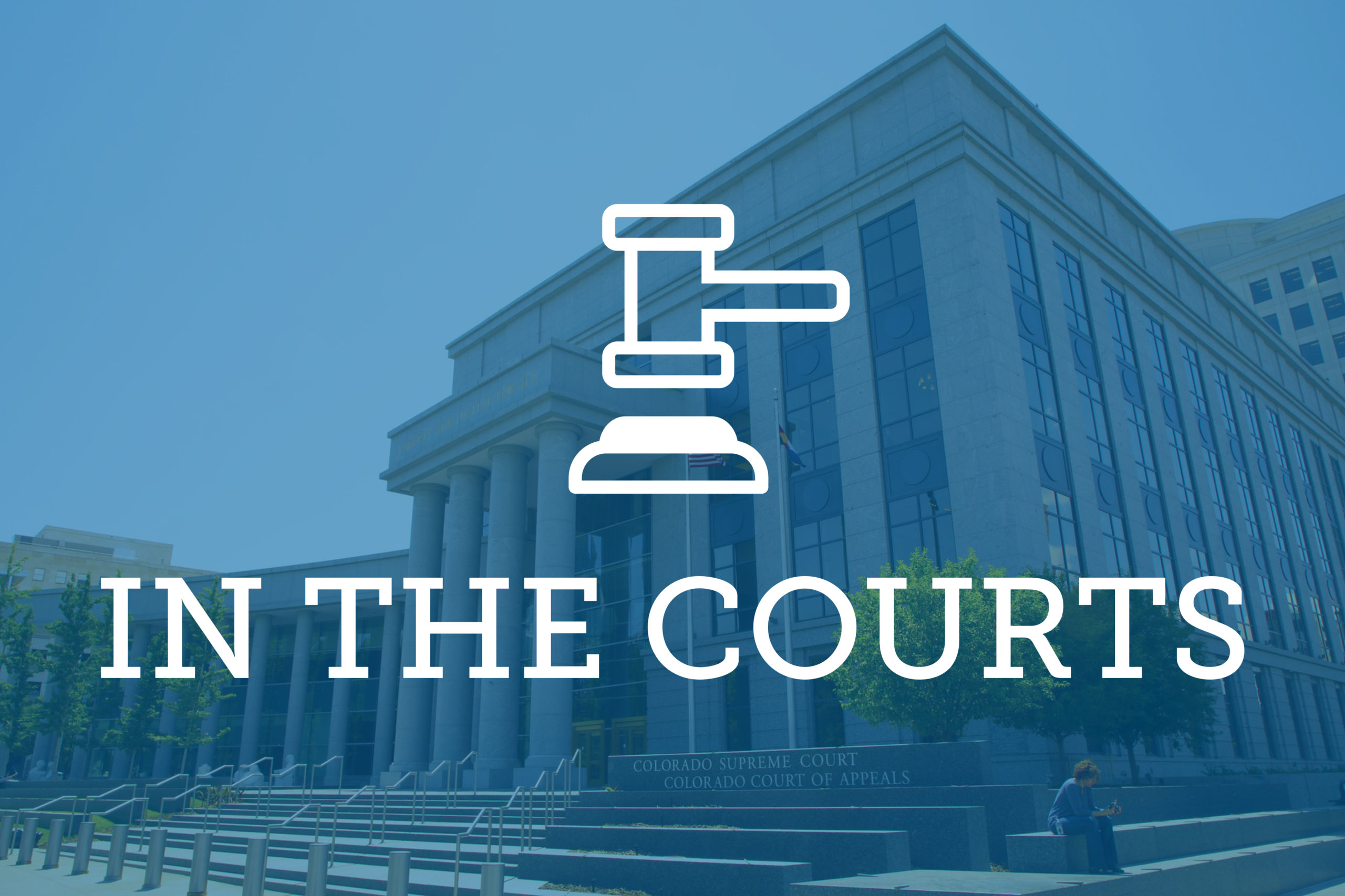

A majority of the Colorado Supreme Court decided that sexually explicit material involving an underage person does not have to show sexual abuse in order to meet the definition of sexual exploitation under state law. The court upheld charges against a teenage boy, T.B., for possessing sexually explicit photos sent to him by two teenage girls, and in doing so held the sexual exploitation statute can apply to underage offenders. T.B. had also sent sexually explicit photos to the girls.
In 2018, the state legislature passed a law that made “exchange of a private image” by an underage person a civil infraction. But the events in this case took place before that law passed.
When T.B. appealed his judgment, he claimed the pictures at issue did not show “erotic nudity” under the sexual exploitation law. He also argued interpretation of the law had to be limited to pictures showing sexual abuse in order to head off First Amendment concerns. And T.B. argued the sexual exploitation law does not apply to underage people.
The Court of Appeals upheld T.B.’s judgment on his charges of sexual exploitation. The judgment against him required T.B. to register as a sex offender. The Supreme Court rejected his second two arguments, and found the circumstances around the creation of the photos sent to him showed they were made for T.B.’s sexual gratification. T.B.’s attorney, Kathleen Lord, declined to comment on the outcome except to confirm she plans to petition the court for rehearing. The court applied a precedent, People v. Batchelor, in interpreting whether T.B. was “involved” in the photos’ creation under the sexual exploitation statute. The prior case involved a father putting his sleeping underage daughter in erotic poses and taking photos of her. The majority in T.B.’s case didn’t distinguish between that fact pattern and that of a defendant who instead instructed another person to pose in the same way and take nude selfies for the defendant’s sexual gratification.
“And for that matter, in today’s digital age, we discern no principled distinction between a defendant who stands in the room with a minor, directing her to pose in erotic positions for nude photographs for the defendant’s overt sexual gratification, and a defendant who uses electronic media to solicit or orchestrate such photographs,” wrote Justice Monica Márquez in the majority opinion.
Gabriel’s Dissent
A dissent by Justice Richard Gabriel, joined by Justice Melissa Hart, views the sexting at issue in the case as irresponsible but common behavior among teenagers that shouldn’t carry the constitutional and practical consequences Gabriel believes are present in the majority ruling. He took issue with the majority’s upholding of T.B.’s judgments, given that the same acts committed now would amount only to a civil infraction. Gabriel also expressed equal protection concerns about the majority’s ruling. He noted that only the teenage boy was charged with child sexual exploitation, even though the teenage girls engaged in the same conduct by sending and receiving nude selfies. “For me, this raises the specter of selective enforcement of this statute based on gender,” he wrote.
For Gabriel, the fact that timing of behavior like T.B.’s determines whether it amounts to a judgment that will brand him as a sex offender, or instead simply carry a civil penalty, also contributes to the equal protection implications of the ruling. Gabriel disagreed with the majority’s application of People v. Batchelor. But Gabriel does not believe a person in the latter situation who asks for photos is “involved” in the display of a child’s body under the law the same way a person in the first situation is.
He also believes the evidence in this case doesn’t prove the teenage girls were coerced into taking and sending the photos.
He wrote the majority’s broad interpretation of a “person involved” in creating sexually explicit material creates a constitutional vagueness problem.
“Here, given the breadth of the majority’s construction of the phrase ‘person involved,’ I fear that those subject to the statute can no longer know what conduct the statute will now be deemed to cover,” he wrote. He also believes construing the sexual exploitation statute broadly enough to include requests for explicit selfies between teenagers has free speech implications. Gabriel noted in determining whether a law is unconstitutionally vague, a court has to analyze whether it implicates “a substantial amount of constitutionally protected conduct.” “This is particularly true here, where the conduct did not involve any sort of physical manipulation or compulsion but rather encompassed a group of teenagers doing what teenagers often—albeit perhaps foolishly—do, namely, text nude selfies to one another.”
—Julia Cardi,

